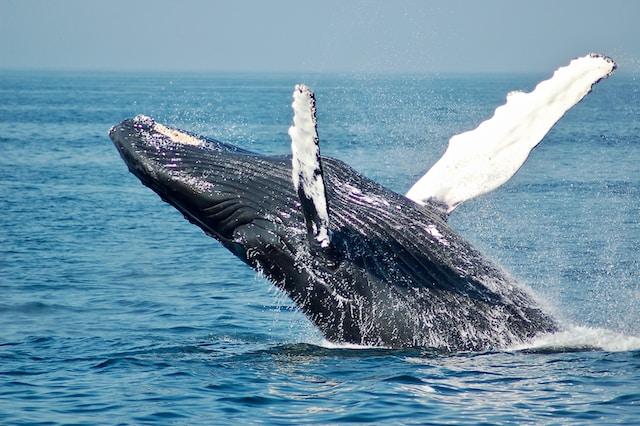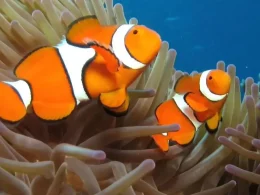Introduction: As colossal inhabitants of the ocean depths, whales have long captivated our imagination with their awe-inspiring presence. These magnificent creatures come in a variety of shapes, sizes, and characteristics, making identification a fascinating pursuit for researchers and enthusiasts alike. In this comprehensive guide, we embark on a journey to explore the diverse array of whale species, shedding light on their distinguishing features and habitats.
- The Baleen Whales: The baleen whales, scientifically known as Mysticeti, are a suborder of whales characterized by the presence of baleen plates in their mouths. These plates, made of keratin, act as filters, allowing the whales to feed on small marine organisms, such as krill and plankton. Some notable baleen whales include:
- The Blue Whale: The blue whale, Balaenoptera musculus, holds the title of being the largest animal to have ever existed on Earth. With its immense size, reaching lengths of up to 100 feet and weighing as much as 200 tons, the blue whale is a true marvel of nature.
- The Humpback Whale: Known for its long pectoral fins and distinctive knobbly head, the humpback whale, Megaptera novaeangliae, is renowned for its acrobatic displays and haunting songs that echo across the oceans during the mating season.
- The Toothed Whales: Toothed whales, or Odontoceti, are another suborder of whales distinguished by their sharp teeth. These whales have a diverse range of feeding habits, from hunting fish and squid to even marine mammals. Here are a few notable examples:
- The Orca (Killer Whale): Orcas, or Orcinus orca, are one of the most recognizable species of whales. With their striking black and white coloration and well-developed social structures, they have earned the nickname “killer whale.” Orcas display remarkable intelligence and are known to communicate through a complex system of vocalizations.
- The Sperm Whale: Famous for its association with the classic novel Moby Dick, the sperm whale, Physeter macrocephalus, is the largest of the toothed whales. With its massive head and iconic square-shaped snout, this deep-diving species has the ability to dive to great depths in search of squid, its primary prey.
- The Lesser-Known Whales: In addition to the well-known baleen and toothed whales, there are other lesser-known species that deserve recognition:
- The Beluga Whale: Belugas, or Delphinapterus leucas, are small, social whales known for their distinctive white coloration. These highly vocal creatures inhabit the Arctic and sub-Arctic waters, often displaying playful behavior and emitting a range of chirps, whistles, and clicks.
- The Narwhal: The narwhal, Monodon monoceros, is famous for its elongated tusk, which is actually an elongated tooth. Found primarily in the Arctic, narwhals are known for their elusive nature and their tusk’s role in various social and sensory functions.
Conclusion: Whales, with their immense size, captivating behaviors, and diverse species, continue to astound us with their presence in the world’s oceans. Whether it’s the gentle grace of baleen whales or the toothed whales’ remarkable hunting abilities, each species offers a unique glimpse into the wondrous diversity of marine life. By understanding and appreciating the various types of whales, we deepen our connection to these extraordinary creatures and the vital ecosystems they inhabit.











